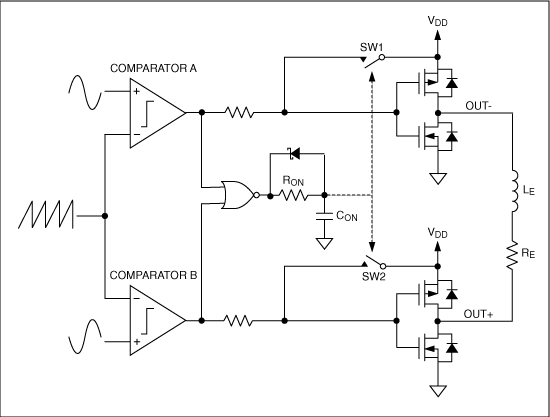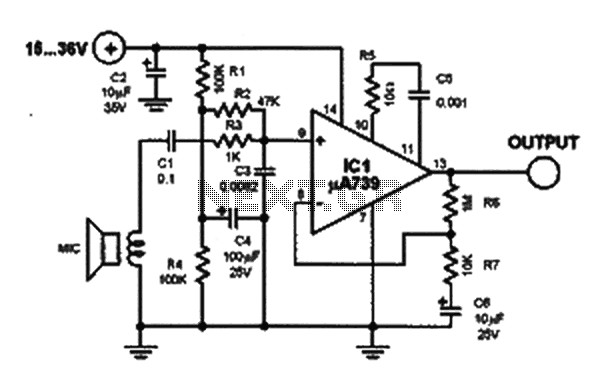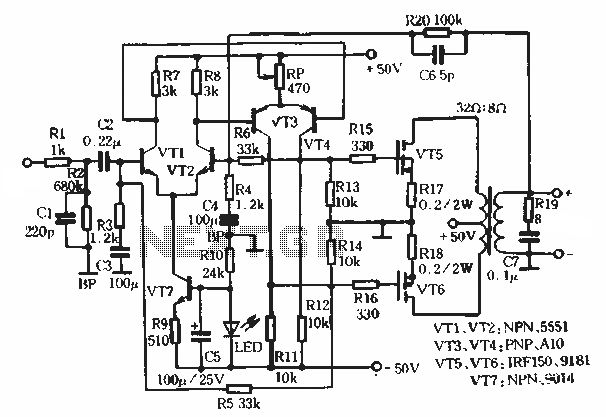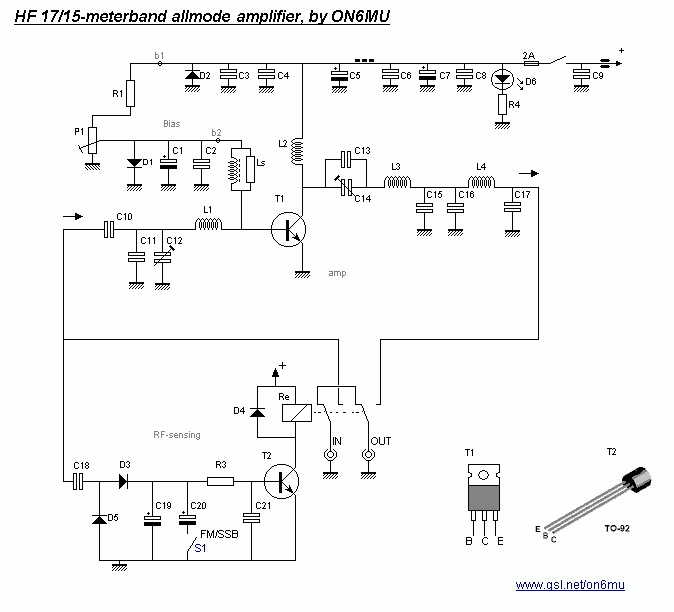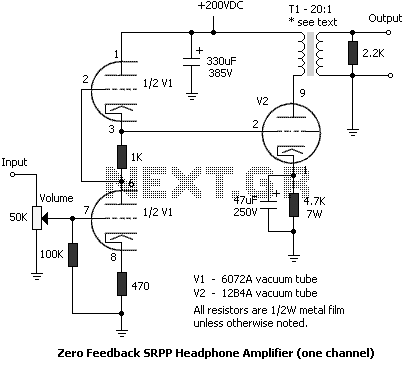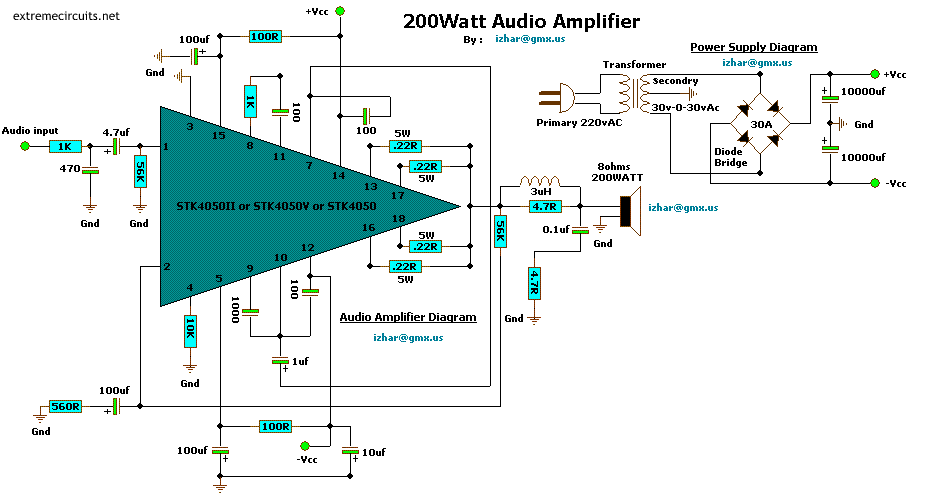
amplifier How to improve nasty form clipping behavior in differential input stage
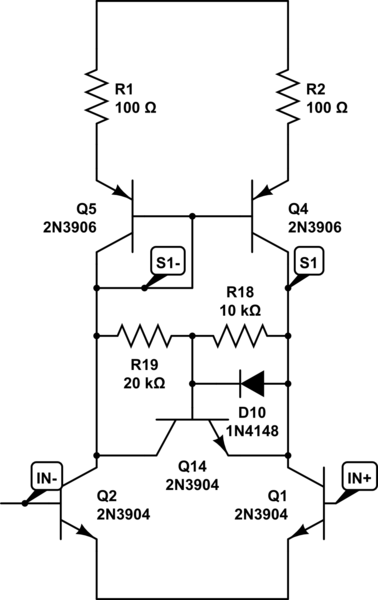
The amplifier in the following schematic, when simulated, demonstrates the ability to effectively amplify a signal with an amplitude of 0.1V to 10V. However, when subjected to a larger input signal, the performance deteriorates significantly during the positive half cycle, causing the output to abruptly drop from approximately 16V to near zero. Additionally, the recovery process exhibits hysteresis.
The schematic represents an amplifier circuit designed to enhance low-level signals. The primary component, typically a bipolar junction transistor (BJT) or operational amplifier (op-amp), is configured in a way that allows for signal amplification while maintaining fidelity at lower input levels. The circuit's gain is set to achieve a tenfold increase in output voltage for a 0.1V input, resulting in an output of 10V, which is suitable for many applications requiring signal conditioning.
However, the circuit's performance under larger input signals reveals a critical limitation. The abrupt drop in output voltage from around 16V to near zero indicates that the amplifier may be entering saturation or clipping conditions. In saturation, the amplifier cannot provide a linear output, leading to distortion of the signal. This behavior is particularly pronounced during the positive half cycle of the input waveform, suggesting that the design may lack adequate headroom for larger signals, causing the output to be limited by the power supply voltage or the amplifier's inherent characteristics.
The presence of hysteresis in the recovery phase further complicates the amplifier's behavior. Hysteresis refers to the lag between the input and output signals during transitions, which can lead to undesirable effects, such as increased distortion and instability in the output signal. This could be a result of feedback mechanisms within the circuit, where the output does not immediately return to its original state after the input signal decreases, thus affecting the overall performance of the amplifier.
To address these issues, modifications to the circuit design may be necessary. This could include adjusting the biasing conditions, increasing the power supply voltage, or implementing feedback stabilization techniques to improve linearity and reduce hysteresis effects. Additionally, selecting components with appropriate ratings and characteristics will enhance the amplifier's ability to handle larger signals without compromising performance.The amplifier in the following schematic, when simulated, shows that it can cleanly amplify a signal with 0. 1V amplitude to 10V. When driven with a larger signal, though, the behavior is very nasty in the positive half cycle. The output suddenly dives from around 16V to the neighborhood of zero. Moreover, the recovery shows hysteresis. 🔗 External reference
The schematic represents an amplifier circuit designed to enhance low-level signals. The primary component, typically a bipolar junction transistor (BJT) or operational amplifier (op-amp), is configured in a way that allows for signal amplification while maintaining fidelity at lower input levels. The circuit's gain is set to achieve a tenfold increase in output voltage for a 0.1V input, resulting in an output of 10V, which is suitable for many applications requiring signal conditioning.
However, the circuit's performance under larger input signals reveals a critical limitation. The abrupt drop in output voltage from around 16V to near zero indicates that the amplifier may be entering saturation or clipping conditions. In saturation, the amplifier cannot provide a linear output, leading to distortion of the signal. This behavior is particularly pronounced during the positive half cycle of the input waveform, suggesting that the design may lack adequate headroom for larger signals, causing the output to be limited by the power supply voltage or the amplifier's inherent characteristics.
The presence of hysteresis in the recovery phase further complicates the amplifier's behavior. Hysteresis refers to the lag between the input and output signals during transitions, which can lead to undesirable effects, such as increased distortion and instability in the output signal. This could be a result of feedback mechanisms within the circuit, where the output does not immediately return to its original state after the input signal decreases, thus affecting the overall performance of the amplifier.
To address these issues, modifications to the circuit design may be necessary. This could include adjusting the biasing conditions, increasing the power supply voltage, or implementing feedback stabilization techniques to improve linearity and reduce hysteresis effects. Additionally, selecting components with appropriate ratings and characteristics will enhance the amplifier's ability to handle larger signals without compromising performance.The amplifier in the following schematic, when simulated, shows that it can cleanly amplify a signal with 0. 1V amplitude to 10V. When driven with a larger signal, though, the behavior is very nasty in the positive half cycle. The output suddenly dives from around 16V to the neighborhood of zero. Moreover, the recovery shows hysteresis. 🔗 External reference
